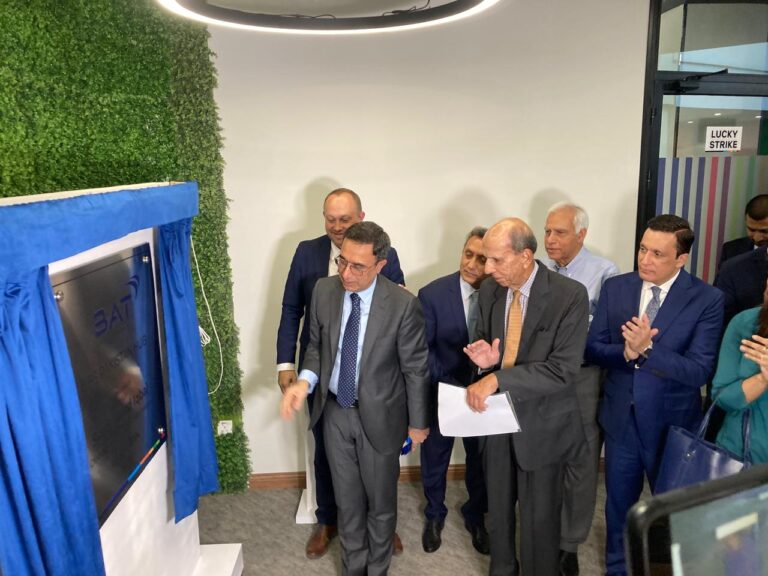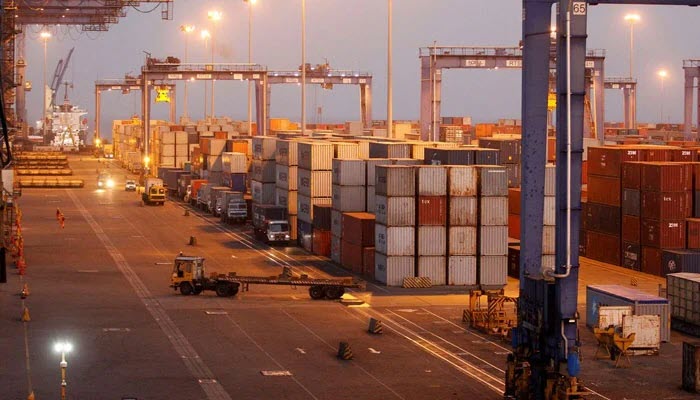Pak Rupee’s Recovery Sustainable?
As of seventeenth June, the State Bank of Pakistan (SBP) had exclusively about $8.238 billion worth of forex reserves that covered only five weeks of import bills of products. At the point when the reserves are not sufficient to cover import bills for a very long time, they are thought of as deficient. That conveys a negative message to the world prompts alarm forex purchasing at home and makes it excessively hard for the national bank to protect the nearby cash. The local currency unit is under pressure — and hence devalues.
The rupee has been through this already. The SBP foreign reserves were at highest level of $20.07 billion, enough to cover for three months of imports but from October 2021, the reserves began falling both in value and in terms of import cover. The rupee came under pressure and lost 7.6 per cent value against the US dollar in the next five months and 10 days — between 1st November 2021 and 10th April 2022. The rupee began sliding too quickly after the change of government in Islamabad. Under 90 days (between 11th April and 24th June) it lost more than 12.3pc value, coming down to 207.48 a US dollar on June 24 from 184.68 a dollar on April 10.
The basic reasons for devaluing of rupee includes widening trade and current account deficits, growing external debt servicing, low growth in total exports, stagnating foreign investment and signs of weaker growth in remittances were present even before the replacement PTI regime with a PML-N led rainbow coalition government. Delay in revival of International Monetary Fund (IMF) Programme brought more uncertainty in the middle of deteriorating economic conditions. Both the central bank’s forex reserves and the rupee remained on a constant descending slide. Several international financial institutions including the World Bank and Asian Development Bank are waiting for the results of the Pakistan-IMF deal to start project lending into the country. The possibility of revival of IMF lending loan and eventually getting out of the FATF grey list should help set our external sector in order.
Despite of little bit recovery, everyone is concerned more about future health of rupee. The SBP is maintaining market-driven exchange rates and it would do as such to streamline outrageous unpredictability — and not to keep the rupee artificially strong. All the central bank will repurchase the dollars sold into the market inside a predetermined period reaching out from a couple of days to half a month, as the circumstance might interest. The SBP doesn’t want to remain a net seller of dollars into the market at the end of a quarter as the IMF also doesn’t allow it. Future exchange rate movements, therefore, depend on $2.3bn from a consortium of Chinese banks. Other factors are how much more funds may come from China, Saudi Arabia and the UAE and how much growth remittances and exports show.
The rate at which imports decline, the development of worldwide fuel and food costs and how early the IMF restores its advance program and how much its next tranche expected in July, all influence conversion scale vacillations. The IMF rvival and getting out of FATF grey list are the possible steps to help set our external sector in order. China and Saudia has committed to put more funds after the result of IMF deal. Only after these things happen smoothly, Pakistan can expect a surge in foreign direct investment (FDI) that currently remains at about $2bn per year.
Read Also: Energy Sector Remains Largest Bank Defaulter
The coalition government acknowledges that even the best endeavors to support labor and products commodities would take something like three years to cut the import/export imbalance altogether regardless of whether imports-containing duties and non-duty estimates go on close by. Remittances’ growth has already started slowing down and increase in remittances can’t be expected unless the PML-N government gives e-voting rights to overseas Pakistanis.







